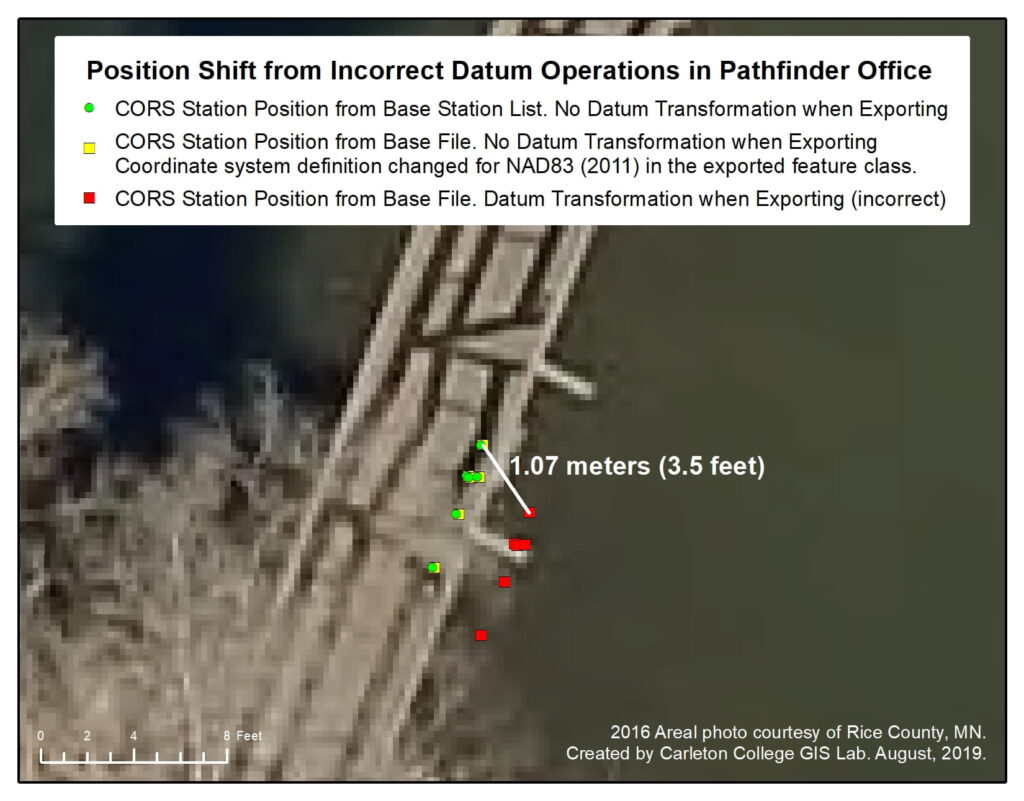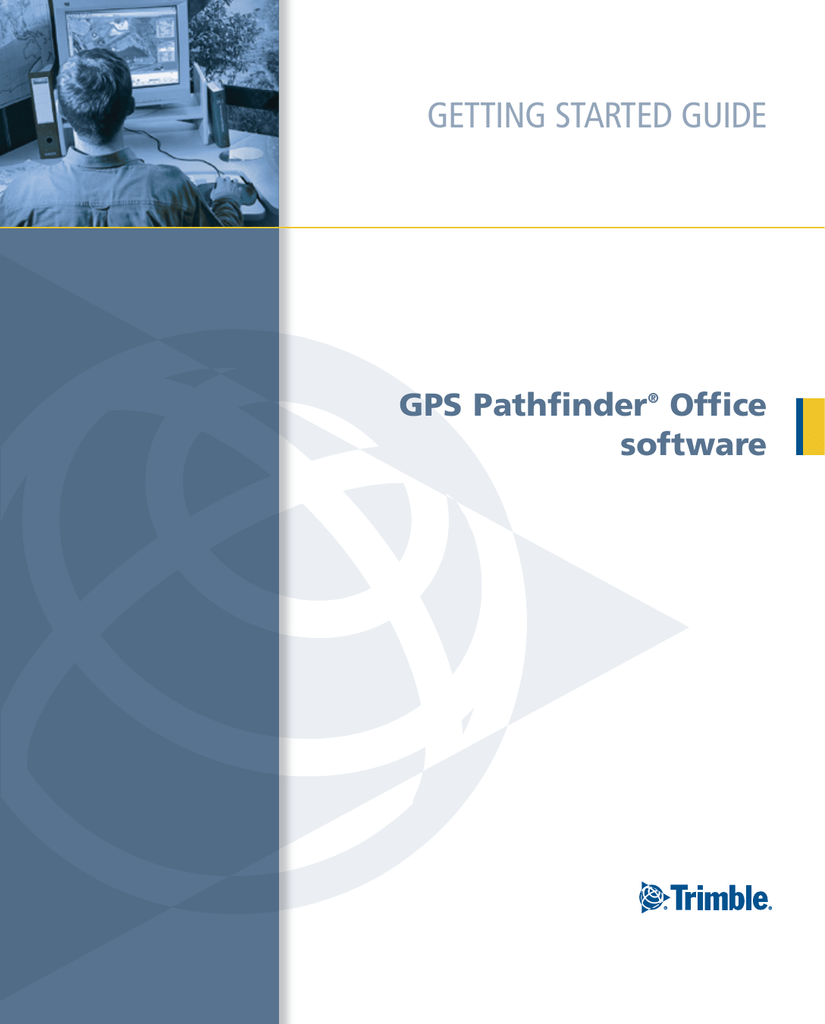
(1) The "Repair Geometry" function was used to resolve intersections in a single polygon or polyline. Processing the data to resolve these GPS derived problems was accomplished in ArcGIS 9 using the following processing steps In these cases a number of vertices would be gathered as a small cloud (within the positional error of the GPS) and this resulted in a line intersection and short segments. These redundant positions were especially abundant where the person mapping a feature had to slow down or stop in the process of delimiting the feature.

Despite post-processing, the polygons and polylines gathered using GPS in Streaming mode contained a lot of redundancy and required geometry validation. Some of the processing steps are the result of employing GPS based mapping, and are therefore largely inevitable. Sources of inconsistent data during the 2003 project, and means of avoiding these problems in future projects.

Purchasing two similar mobile GIS units, with one acting as a backup device so that no break in data recording would have occurred in case of equipment failure.
#Trimble pathfinder office steps software
These inconsistent data include the records gathered during two periods when the system was not functioning smoothly as described in Table 5-7.ĭuring the first two weeks of fieldwork software and hardware debugging were still underway.Īllow sufficient time for designing and debugging fieldwork forms and equipment prior to work in remote locations.ĭuring the last 10 days of the field season the cable connecting the mobile GIS PocketPC to the GPS unit failed and all sites were recorded with older Trimble Geoexplorer GPS units.

Post-fieldwork tasks also involved some unanticipated and time consuming labor, such as cleaning inconsistent datasets to prepare them for general analysis, and other management issues. Post-fieldwork processing involved standard issues such as downloading all data to a laptop from various devices, tagging folders of digital photos with the associated ArchID, GPS post-processing, as well as analytical processing steps such as deriving meaningful indices from the digital data. Pre-fieldwork tasks, discussed above, include acquiring and preparing regional datasets, and designing digital forms that are appropriate for the project. The time investment in implementing the mobile GIS approach is still considerable, as it involved both pre-fieldwork and post-fieldwork processing steps.


 0 kommentar(er)
0 kommentar(er)
